
With the continuous growth in individual travel needs, micro-mobility devices represented by electric bicycles and electric scooters have become the preferred means of short-distance travel. Taking the UK as an example, data from the London Transport Authority in 2022 shows a continuous increase in the number of cyclists, with a 40% increase in cycling compared to pre-pandemic levels. With a massive base of cyclists and travel demands, shared electric bicycles and electric scooters, with their low cost, maintenance-free, and on-demand advantages, have rapidly expanded in urban areas in the UK.
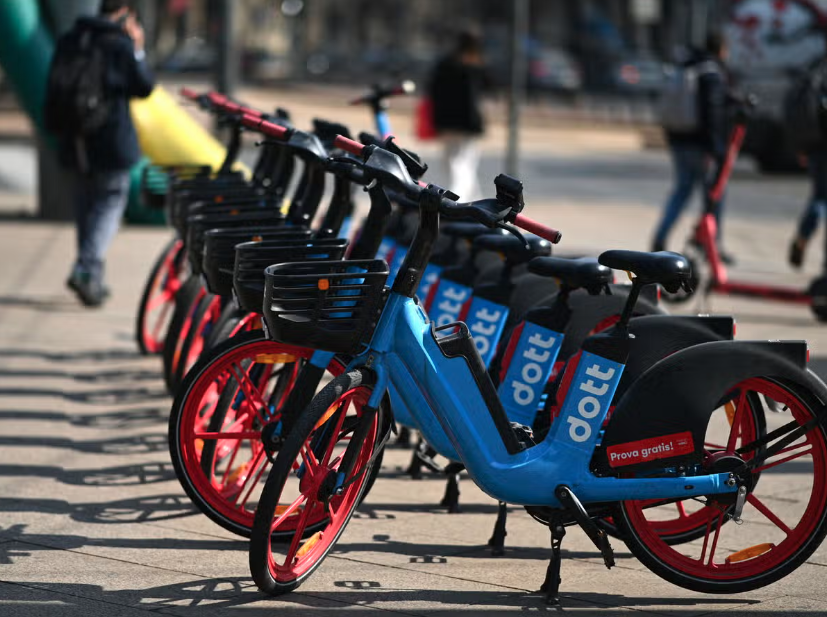
However, one of the four major operators, Dott, recently announced the discontinuation of its electric bicycle rental service in the London market. They will relocate their electric bicycles to Paris to continue operations. The reason cited was the “lack of control” in the London bicycle rental market. Dott’s statement mentioned that London employs two different regulatory models for electric scooters and electric bicycles. Electric scooters have a more comprehensive regulatory system, while electric bicycles are “uncontrolled.”
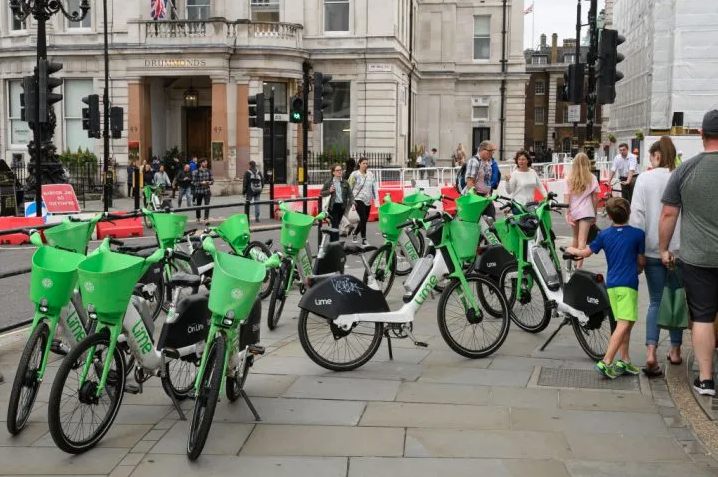
According to overseas news reports, electric bicycles in London are managed in a fragmented manner. Not only are there different regulations between administrative districts, but there is also a situation where operators operate independently within specific areas of London. Different operators have different operating areas in different parts of central London. Once crossed, the vehicles will be powered off. Often, users need to change bicycles midway when reaching a destination, leading to a poor user experience, as reported by many users.
Inconsistent Regulatory Systems
The influx of electric travel tools has led to the proliferation of abandoned bicycles throughout the UK. Electric bicycles scattered haphazardly on the streets of London not only hinder residents’ daily lives but also disrupt the existing traffic order. Unlike electric scooters, which are relatively well regulated, shared electric bicycles in London operate in a chaotic manner due to varying regulations and lack of uniformity in governance between different administrative districts.
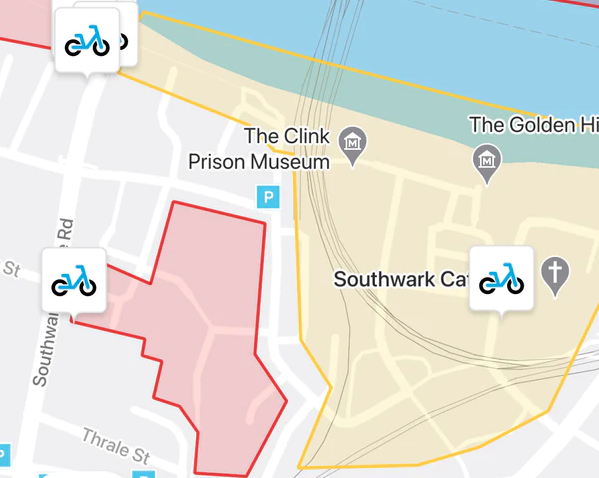
According to Dott, different areas in London have different standards for parking, speed limits, slow zones, and whether vehicles can be used, leading to inconsistent passenger experiences. Additionally, the complex operational environment, varying fees in different administrative regions, and the mismatch between the paid services and the actual user experience further diminish user satisfaction.
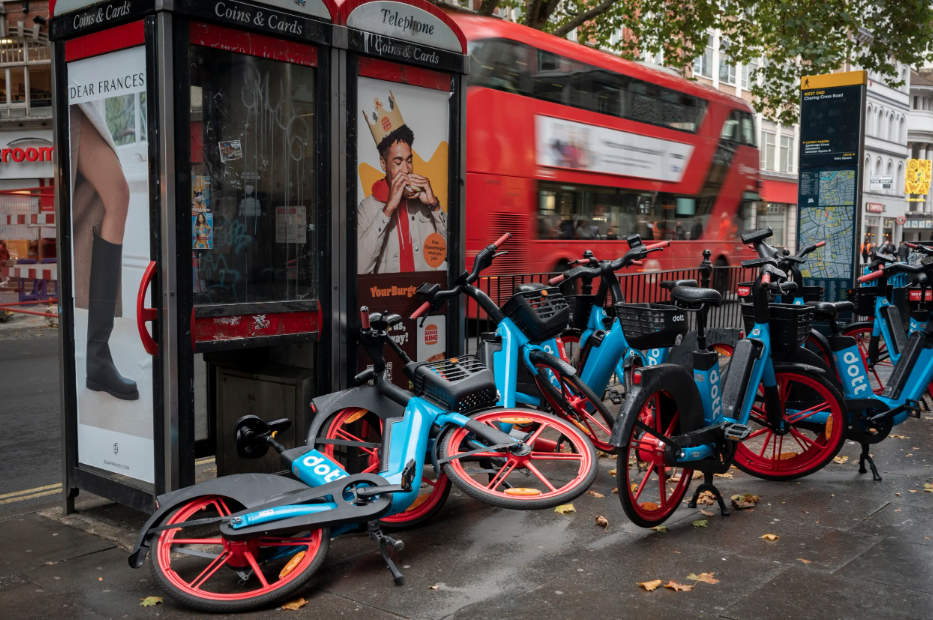
Geofencing Separation
In addition to the differing regulatory standards adopted by administrative areas, the geofencing technology used by operators for block division has also caused inconvenience to users. Geofencing refers to interception technology that prevents users from accidentally entering competitors’ operational areas across administrative boundaries. Once an electric bicycle enters an unregistered area, the operator cuts off the power to the vehicle, making it extremely difficult to ride. Users strongly resent this situation, stating, “It makes no sense to be stuck on some virtual barrier between one administrative area and another. It’s like splitting the city in half. Almost every ride in central London triggers complaints, causing significant negative impact on us.”

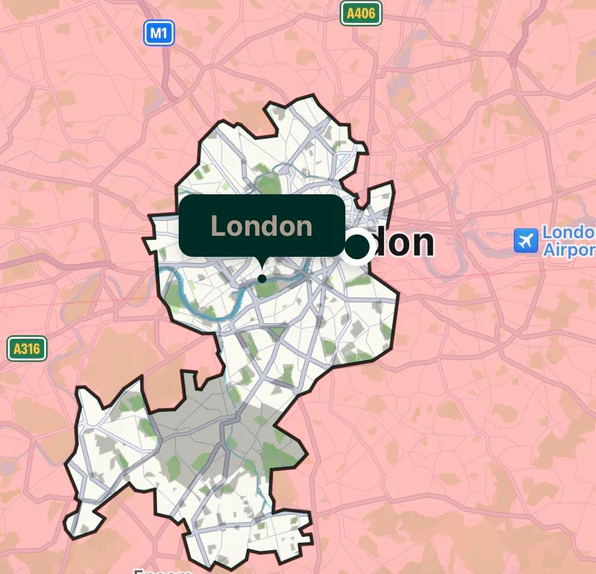
This situation arises due to the competition among major operators. The proliferation of dockless electric bicycles has led businesses, including Lime, Dott, and Forrest, to compete for permits in various administrative regions, leading to market fragmentation and a patchwork system.
Road Space Squeeze
The lack of mandatory parking areas has further exacerbated the problem. Without sufficient parking spaces, users leave bicycles parked randomly on the streets, further contributing to traffic congestion. To address this issue, the council has removed thousands of parking spaces, replacing them with various infrastructures such as street facilities, bicycle parking spaces, and flower beds. The Lambeth plan in South London aims to convert 25% of roadside parking spaces into “enhanced community” facilities. However, this has squeezed the space for cars, leading to objections from drivers and businesses. They believe parking spaces should be reorganized.
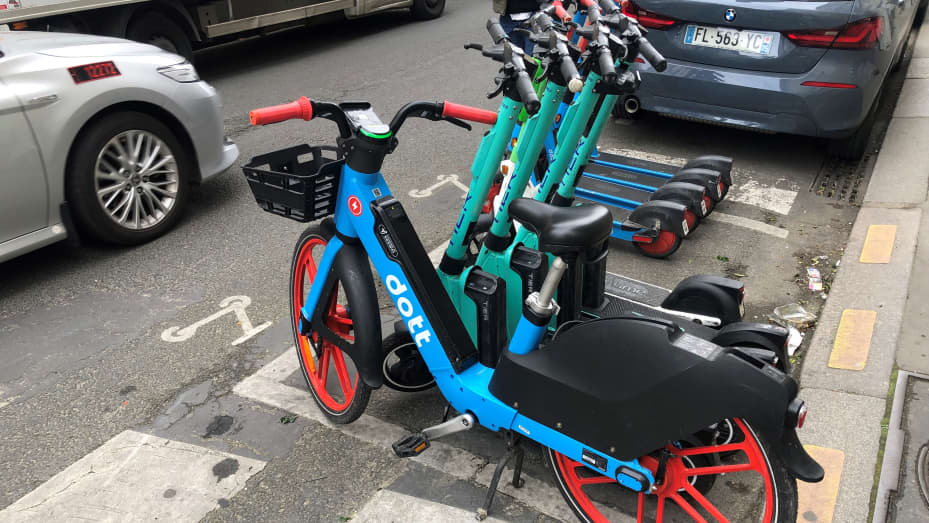
After announcing its withdrawal from the London electric bicycle rental market, Dott has not given up on the London market. Instead, they have shifted their focus to operating electric scooters. In September, Dott deployed nearly 2,000 electric scooters in London. They express hope to reintroduce electric bicycle services under consistent regulations.
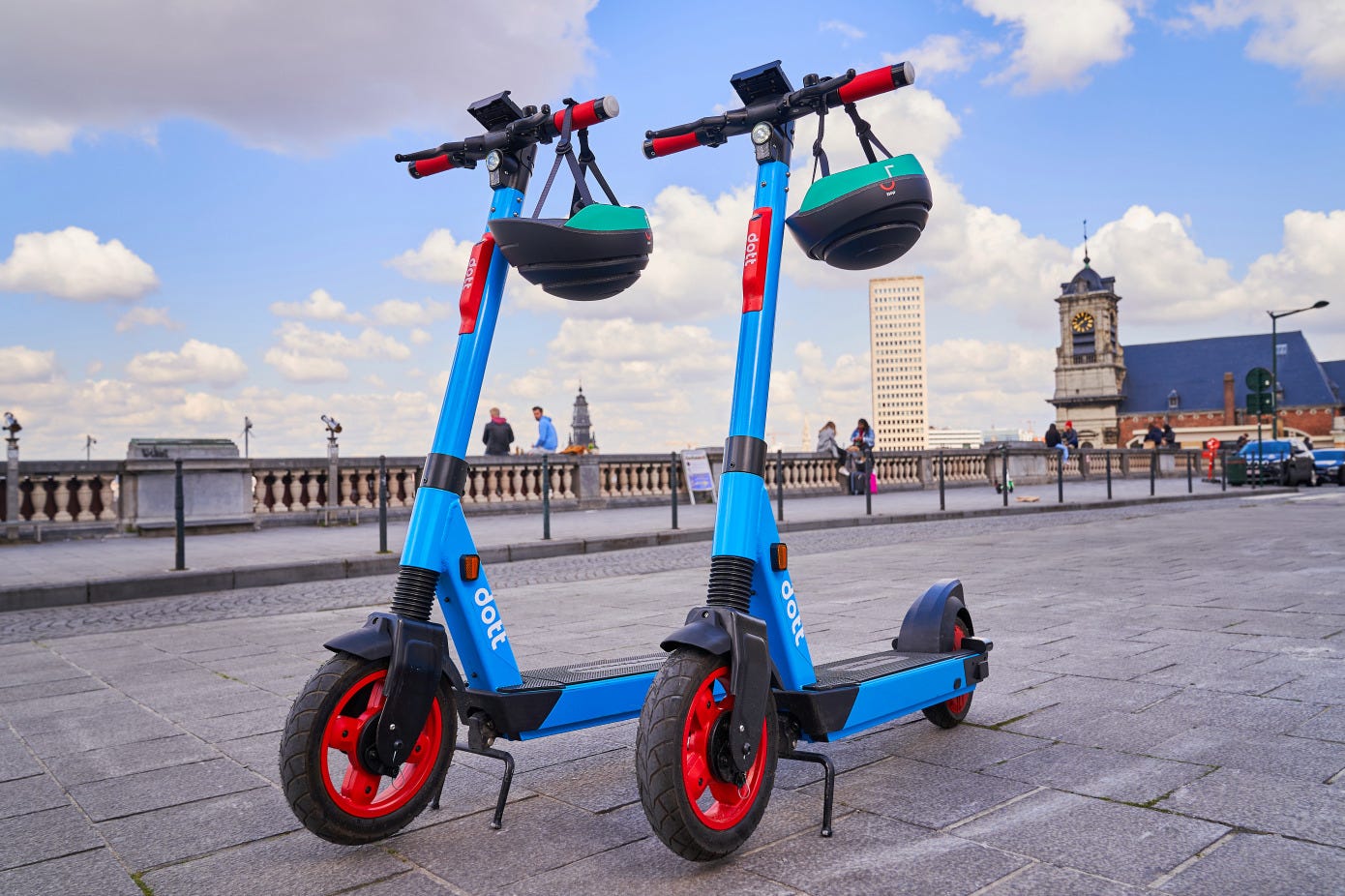
In terms of regulations, electric bicycles, as one of the most popular new forms of transportation, urgently need improvement. In April this year, the director of the London Transport Authority called for electric bicycles to comply with the same rules applicable to electric scooters. However, chaos still exists in the electric bicycle rental market in London. The service experience for electric bicycle rentals in London continues to decline. Improving the current situation requires joint discussions between the government and manufacturers to strike a balance between maintaining safety standards and fostering fair competition. When this issue will be resolved remains uncertain.






